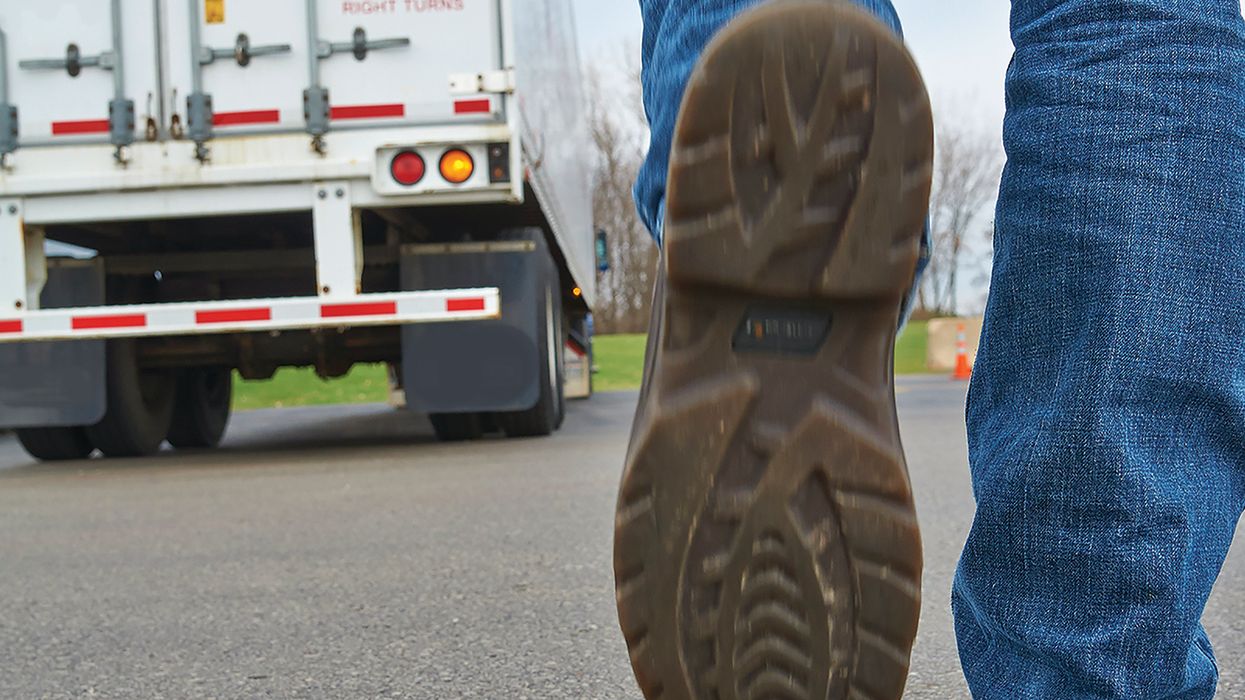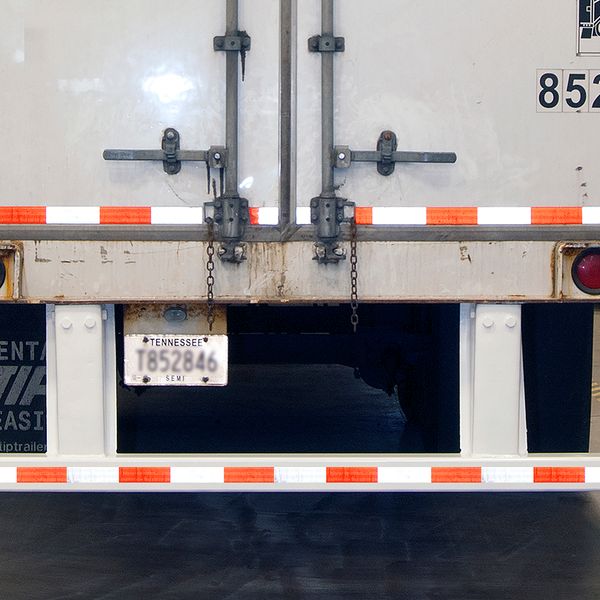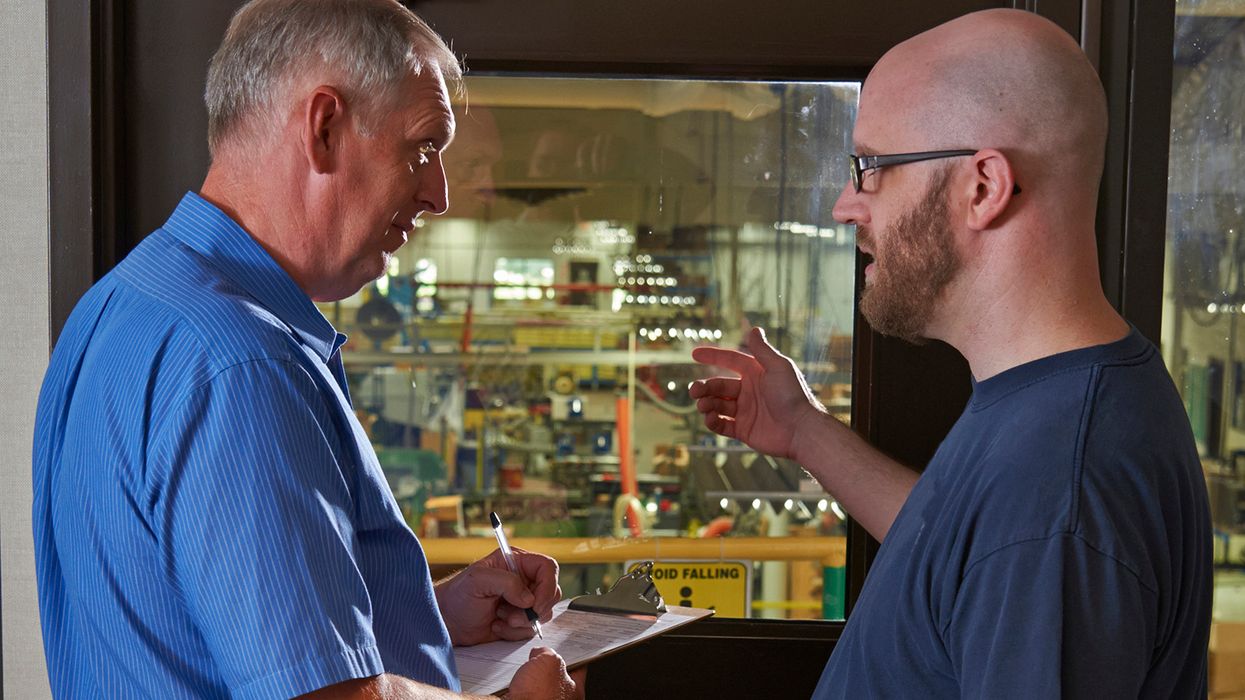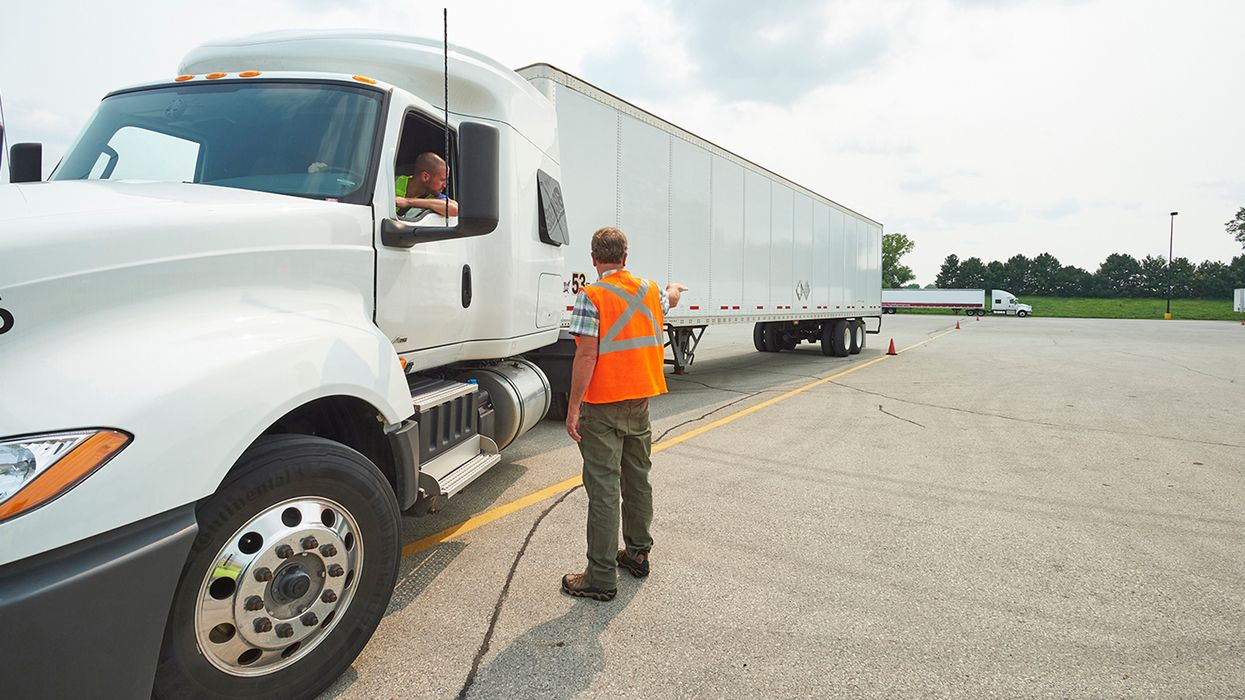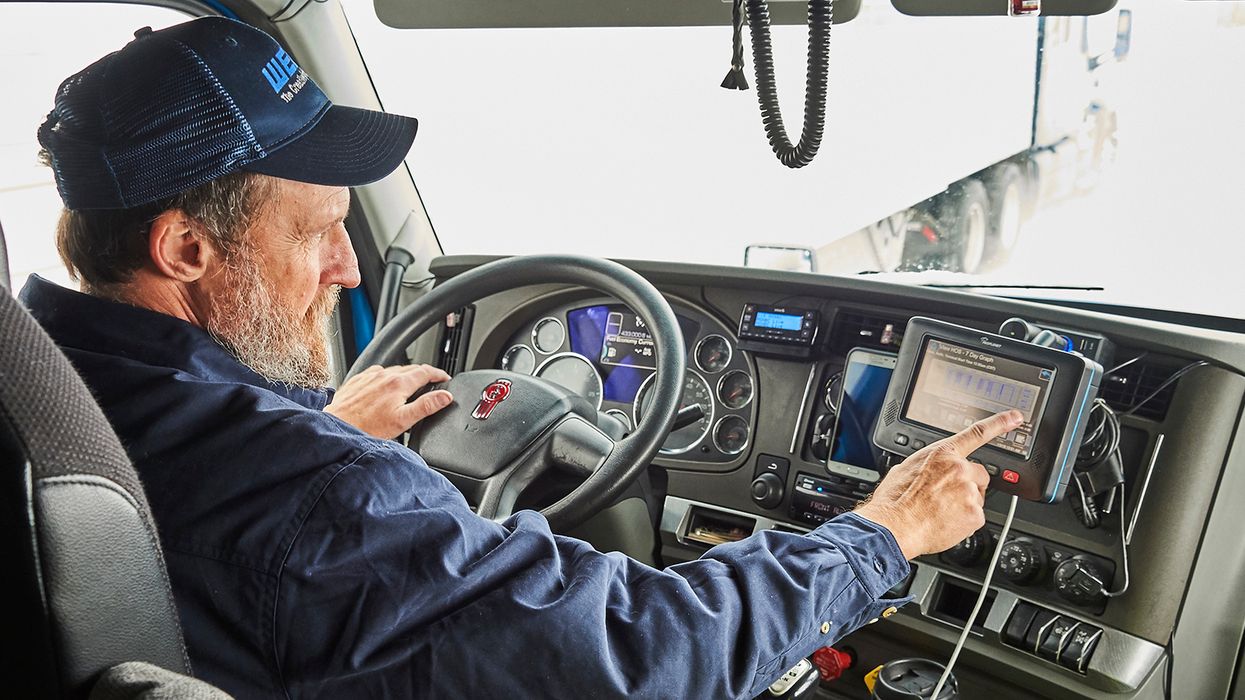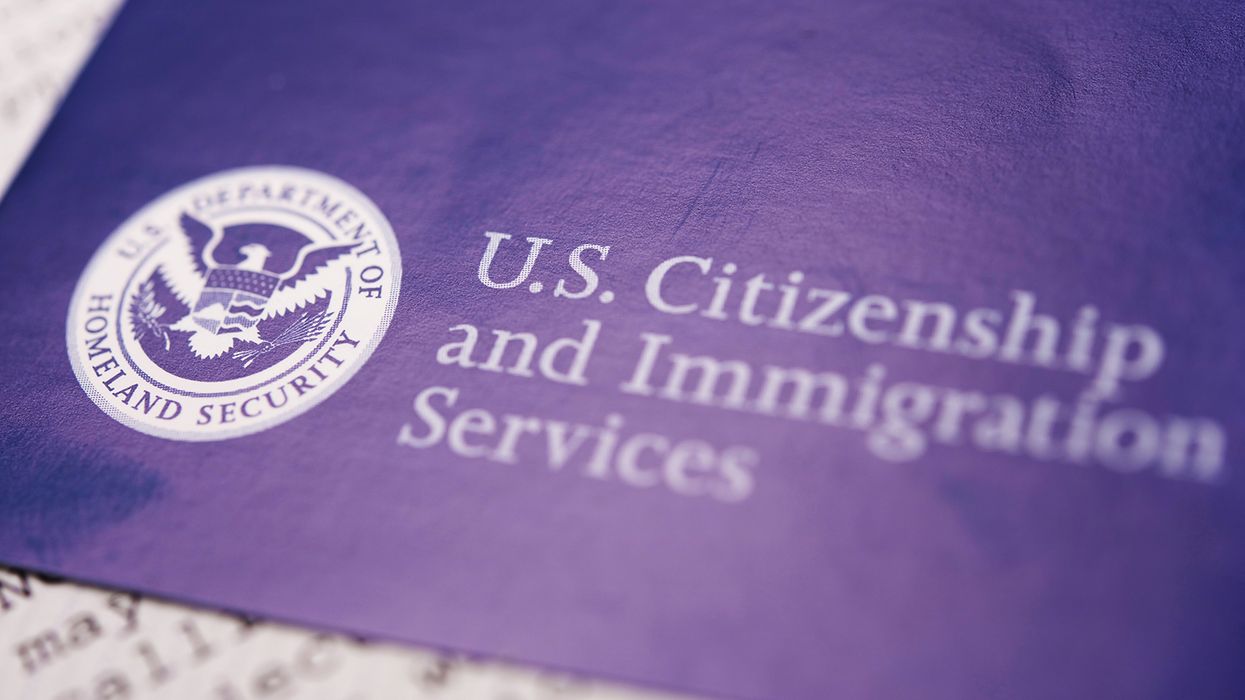The rear bumper regulation confusion continues
The National Highway Traffic Safety Administration (NHTSA) recently denied a petition that would have eliminated the manufacturer’s label on new trailers. They also didn’t change any of the other regulations related to the rear bumpers.
Currently, rear bumpers (called rear impact guards in the regulations) on trailers built on or after January 26, 1998, with a GVWR of 10,001 pounds or more are required to have a certification label indicating that the trailer complies with Federal Motor Vehicle Safety Standards 223 and 224. The Federal Motor Carrier Safety Administration (FMCSA) has an accompanying regulation at 393.86(a)(6) that states the certification label required by NHTSA must be on the guard.
What the petition denial means for carriers
The petition being denied means that carriers will continue to be cited if they have a trailer that is missing its certification label discovered during a roadside inspection. Therefore, during maintenance activities you should verify the label is still in place on these trailers. If it is not, contact the manufacturer and discuss how to secure a replacement.
One cause of confusion - two different regulations
In the FMCSA rear impact guard regulations, vehicles are broken into two groups. The first are trailers discussed above. These trailers must have a guard that meets the requirements in 393.86(a), unless one of the exemptions apply. The guard on these trailers must:
- Be within 22 inches of the ground,
- Reach to within 4 inches of the side of the trailer,
- Be no further than 12 inches forward of the rear of the trailer, and
- Have a main cross bar that is at least 4 inches wide.
These trailers must also have the certification label.
Other Commercial vehicles (older or lighter trailers, trucks, etc.) must have a rear impact guard meeting the requirements in 393.86(b), unless one of the exemptions apply. The guard on these vehicles must:
- Be within 30 inches of the ground,
- Reach to within 18 inches of the side of the vehicle, and
- Be no further than 24 inches forward of the rear of the vehicle.
These vehicles are not required to have a certification label on the rear impact guard.
Exceptions
In general, the exceptions in 393.86(a) or (b) apply to vehicles that have structures that take the place of the rear impact guard (such as the rear axle of the vehicle, low chassis, or body components, etc.) or that cannot mount the guard (pole trailers, skeletal-frame pulp wood trailers, etc.).
Another cause of confusion – certification labels and annual inspections
If the vehicle is not covered by one of the exceptions in 393.86(a) or (b), the rear impact guard must be inspected as part of the annual inspection. The inspection must include verifying the guard is not missing, is securely attached, and meets the dimensions required in 393.86(a) or (b). Verifying the guard has a certification label is not required.
Key to remember: Your rear impact guard will be compared to the correct regulation during a roadside or annual inspection. However, the certification label required on certain trailers will only be checked during a roadside inspection, not an annual inspection.

